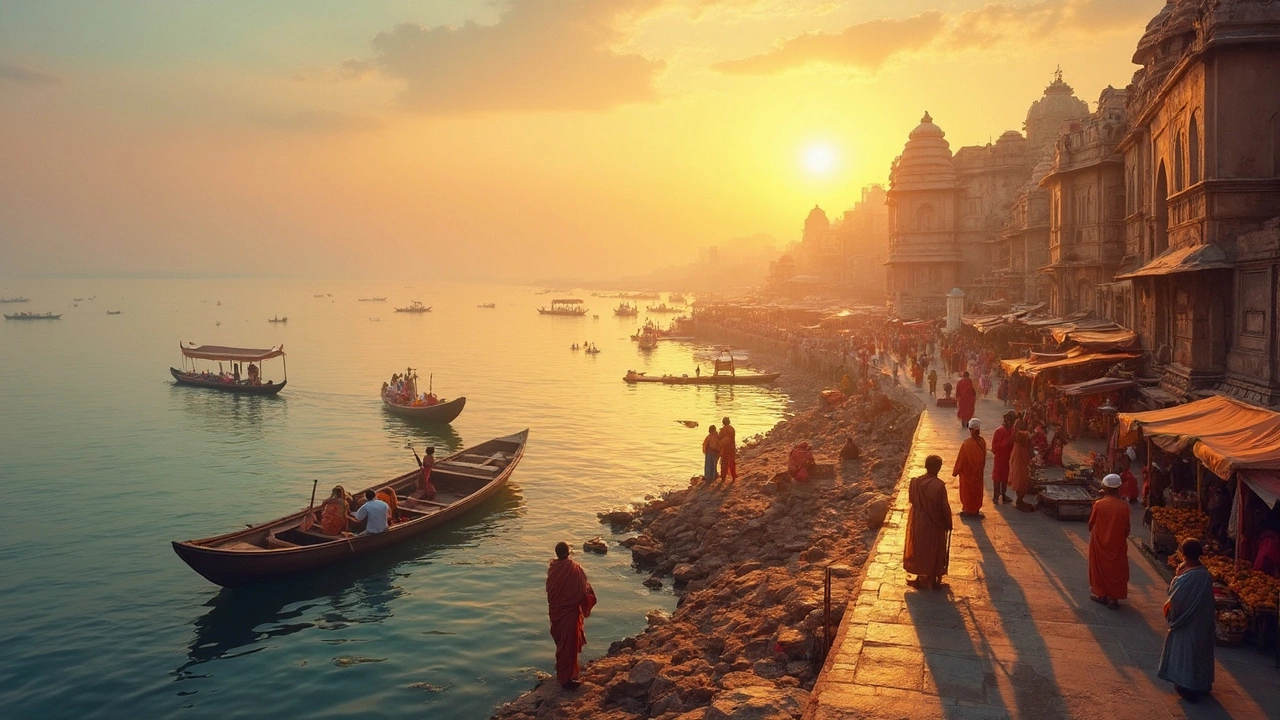City of God: Exploring Sacred Cities in Tamil Culture and Beyond
When people talk about the City of God, a place where the divine is believed to dwell among people, often marked by ancient temples, sacred rituals, and deep spiritual tradition. Also known as divine city, it’s not just a location—it’s a living connection between earth and the eternal. In Tamil Nadu, this idea isn’t abstract. It’s carved into stone at Madurai’s Meenakshi Temple, echoed in the chants of Tirupati, and felt in the oil lamps lit along the banks of the Kaveri River. These aren’t just tourist spots. They’re places where generations have prayed, danced, and celebrated life as a gift from the gods.
The Tamil sacred cities, a network of temple towns that form the spiritual backbone of Tamil Hinduism. Also known as Divya Desams, these are the 108 holy sites revered in the Alvar hymns and still central to daily worship. Each one has its own story—some tied to Shiva’s dance, others to Vishnu’s avatars. Then there’s the global version of the Hindu pilgrimage sites, locations across India where millions travel seeking blessings, healing, or spiritual awakening. Also known as tirtha, these places like Varanasi, Puri, and Rameswaram aren’t just destinations—they’re milestones on a soul’s journey. The religious tourism in India, a blend of devotion, culture, and travel that draws both locals and foreigners to sacred spaces. Also known as spiritual travel, it’s not about checking boxes—it’s about feeling something deeper than sightseeing. And in Tamil culture, this isn’t new. It’s been happening for over a thousand years, long before travel blogs or Instagram posts.
What ties these together? Not just architecture or rituals, but the belief that certain places hold energy—where the boundary between human and divine grows thin. You’ll find this in the way Tamil families return to the same temple every year, in the songs sung at dawn near temple gopurams, in the way a simple offering of fruit feels like a conversation with the divine. The posts below dive into these moments: how Diwali lights up Tamil homes like a city of gods, how Karthigai Deepam turns villages into glowing sanctuaries, how even folk dances like Karakattam carry the rhythm of sacred space. You’ll see how the idea of a holy city isn’t limited to one religion or region—it’s a universal human need to find meaning where the sky meets the earth.
